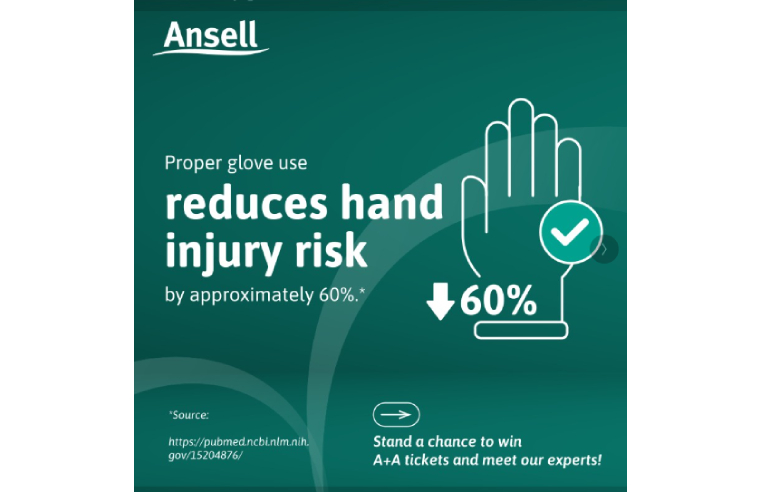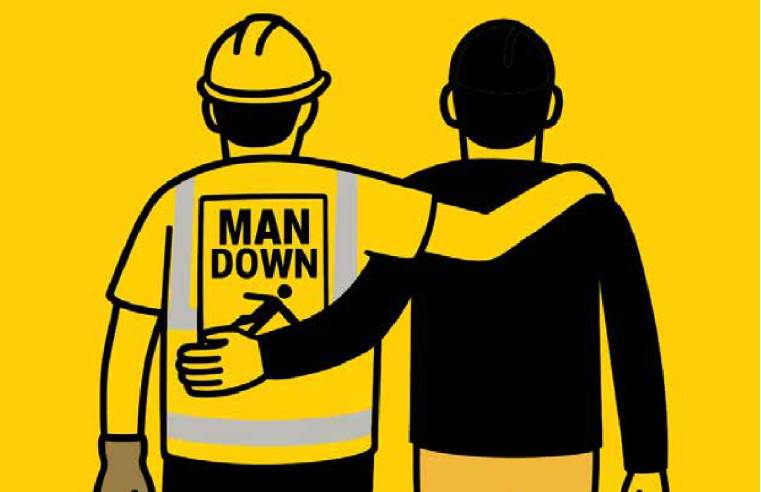A new research report on ‘Safety at Work’, commissioned by medical and safety technology company Dräger Safety UK, shows that half of respondents (50%) in the manufacturing sector believe that workplace safety budgets have been cut as a result of the COVID-19 pandemic, and a third (33%) say that Brexit has created confusion around UK versus EU safety compliance standards.
Yet despite this, safety in the workplace is becoming more prominent on the corporate agenda, with more than three quarters (77%) of managers and employees in manufacturing and industry stating that workplace safety is more important as a business priority in their organisation than it was two years ago.
This makes it more surprising that the report also found that manufacturers are not making the best use of data generated by new technology to improve safety standards.
Industry 4.0, and the growing digitalisation of traditional manufacturing and industrial practices has the potential to have a significant impact on workplace safety. Recent advances include the use of wireless technology and wearable devices to protect those working in hazardous environments and sensors on safety monitoring equipment to inform important maintenance and servicing schedules.
Yet the research found that only a third (34%) of managers in the sector believe that their organisations are advanced in accessing and acting on improved availability of safety data which is available through this technology.
And when it comes to development and continual improvement in this area, less than half (48%) of managers in manufacturing believed that their organisation is making progress, compared with two thirds, (66%) of managers in the transport and logistics.
Andrew Bligh, System Services & Training Manager Dräger Safety UK comments, “There is a very real opportunity to improve safety standards in the workplace by using the data generated by technology to inform safety policy. For example, when it comes to gas detection, analysing data produced by the devices, offers valuable insight that will allow for better, more informed decision-making, both in the short and long-term. Some may be unaware of the availability of this data, while others feel it is not significant, but it can have a real impact on the safety of a company’s workforce.”
Beyond Dräger’s research, it is encouraging that the subject of Industry 4.0 and its impact on health and safety has been adopted by Lloyd’s Register Foundation, an independent global charity which is working to define what makes effective indicators of safety performance to encourage organisations to use health and safety datasets more successfully.
Dräger’s research showed that many employees are comfortable with increased use of digital technology and connectivity, with 44% of those in manufacturing and industry feeling safer if the latest safety technology is being used, while more than a third (39%) believe that increased availability of safety data can improve safety decisions.
At the same time, there is a managerial acceptance of the need to reflect the changing environment with 83% of manufacturing managers saying that they believe that it is important to factor in changes in workplace practice into future safety plans.
Andrew Bligh concludes, “The manufacturing industry has seen a broadly higher take-up of technology to manage safety in recent times. But to take the next step, these organisations need to consider how they can better exploit existing and available information, and to utilise it more strategically to support effective solutions to their health and safety requirements.”






























